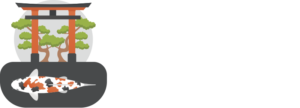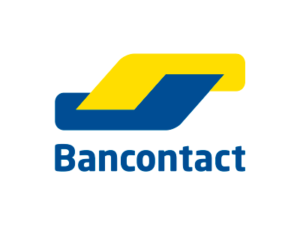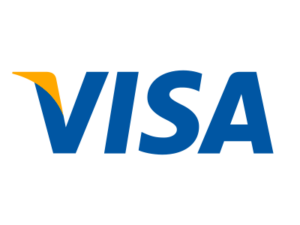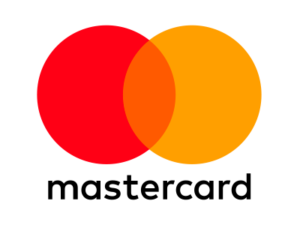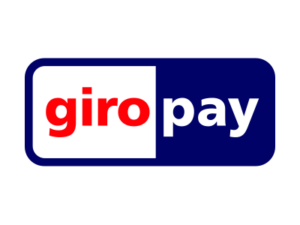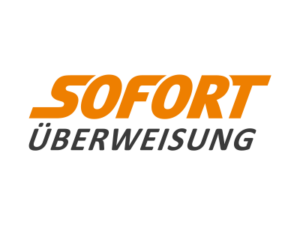Contact us
Contact form
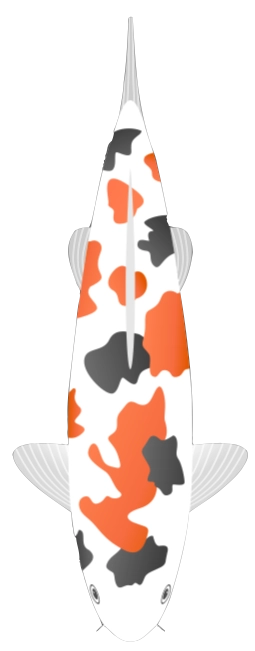
Frequently asked questions
If you still have questions after browsing our site, chances are they will be answered below.
Based on the quality of the ingredients, you can compare Marks Koi Feed with the top segment koi foods. You can compare the compositions of several top-segment koi feed brands with the composition of Marks Koi Feed, seeing that our feed contains at least the same or even better quality and amount of proteins, fats, vitamins and minerals. When comparing prices, you will notice that Marks Koi Feed is much cheaper. The low selling price is possible because, as far as possible, I carry out all the steps from production to shipping myself and work with a minimum number of partners, which means that no extra margins have to be calculated into the selling price to pay all these partners, staff and middlemen.
You can read more about the development of Marks Koifood and the origin of the low selling price on this page: about us.
Our advice is to feed from 5°C water temperature, with an appropriate amount of feed. If the water gets colder than 8 °C, the feeding behaviour of the fish decreases significantly. Around 5 °C, metabolism will also have slowed down so much and the action of digestive enzymes will have decreased so much that the food in the intestines is no longer digested. Eating feed will then be counterproductive. Calculate the daily quantity of koi feed using the total weight of koi and water temperature, according to the table below.
Example calculation:
If the water temperature is 8 °C and you have 10 kg of koi in your pond, the daily quantity of koi food is:10.0 kg koi x 0.5 % = 10,000 grams /100 x 0.5 = 50 grams of koi food.
| Water temperature in °C | Amount of koi food in %* |
|---|---|
| < 5.0 | 0 |
| 5.1 – 10.0 | 0.5 |
| 10.1 – 15.0 | 1.0 |
| 15.1 – 20.0 | 1.5 |
| 20.1 – 28.0 | 2.0 |
| > 28.1 | maximum 1.0 |
Between 5 °C and 12 °C water temperature you can use both floating and sinking food, but below 12 °C water temperature we recommend using sinking food. This is because in nature, but also in our ponds, koi move to the bottom layer of water during winter cold. In such cold water, the koi search for food less actively and prefer to collect the food from the bottom. Sinking feed ends up on the bottom, while floating feed can disappear into the skimmer if the koi do not eat the feed fast enough. By giving sinking food, it is available to the koi for a long time and they can eat it quietly from the bottom.
Read more about feeding behaviour at lower water temperatures in this blog: Sinking koi food: why is it good for your koi?
In the old packaging of the sinking feed, there is a small hole so that the packaging can self-ventilate under pressure. This prevents the packaging from bursting open when pressure is suddenly applied. If necessary, the air can be completely pressed out of the packaging, reducing the storage space it occupies.
The new packaging of the sinking feed is smaller, so no hole is needed anymore. The content and quality of the new packaging remain the same.
Yes, from € 195.00 we ship for free to the Netherlands, but also to Belgium, Germany, and more countries.
Foam is a sign that the filter is not doing its job optimally and there are not enough bacteria to break down the foam. Foam indicates protein, which can be broken down in the filter into ammonia, nitrite and nitrate. These substances will (can) eventually disappear from the water through denitrification, aquatic plants and water changes. In case of foaming, the first solution is to add Marks Gel Bacteria to the pond water for a period of time. This replenishes the bacteria in the filter, which may have (partly) died off during the cold winter months, for example.
Read more about Marks Gel Bacteria here: A new product in the webshop: Marks Gel Bacteria for the pond
